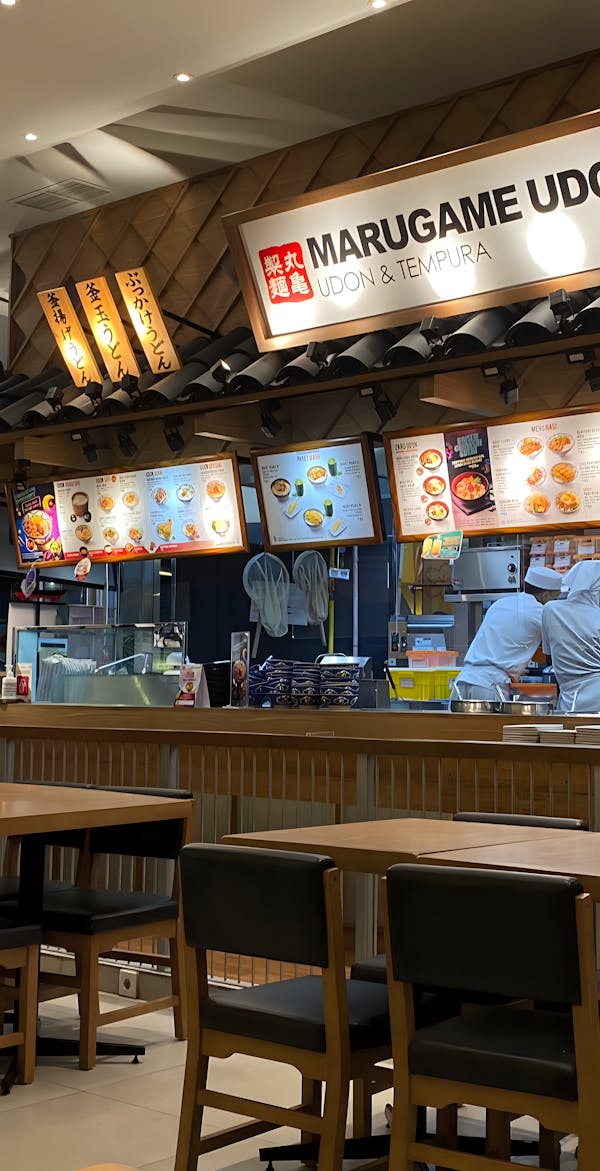Hackers Pick Up Clues From Google’s Internet Indexing
In 2013, the Westmore News, a smaller newspaper serving the suburban community of Rye Brook, New York, ran a characteristic on the opening of a sluice gate at the Bowman Avenue Dam. Costing some $2 million, the new gate, then nearing completion, was intended to lessen flooding downstream.
The party caught the eye of a variety of neighborhood politicians, who collected to shake palms at the formal unveiling. “I’ve been to lots of ribbon-cuttings,” county executive Rob Astorino was quoted as saying. “This is my 1st sluice gate.”
But locals seemingly weren’t the only kinds with their eyes on the dam’s new sluice. According to an indictment handed down late last week by the U.S. Division of Justice, Hamid Firoozi, a very well-recognized hacker based in Iran, attained access a number of occasions in 2013 to the dam’s management systems. Experienced the sluice been totally operational and connected to people programs, Firoozi could have produced major problems. The good news is for Rye Brook, it wasn’t.
Hack assaults probing crucial U.S. infrastructure are practically nothing new. What alarmed cybersecurity analysts in this circumstance, on the other hand, was Firoozi’s apparent use of an previous trick that computer system nerds have quietly recognized about for a long time.
It is really called “dorking” a lookup motor — as in “Google dorking” or “Bing dorking” — a tactic lengthy utilized by cybersecurity industry experts who work to shut protection vulnerabilities.
Now, it appears, the hackers know about it as perfectly.
Hiding in open see
“What some connect with dorking we genuinely call open up-supply community intelligence,” claimed Srinivas Mukkamala, co-founder and CEO of the cyber-threat evaluation organization RiskSense. “It all is dependent on what you check with Google to do.”
Mukkamala states that lookup engines are constantly trolling the Net, wanting to report and index just about every product, port and distinctive IP address linked to the Website. Some of individuals factors are designed to be community — a restaurant’s homepage, for instance — but a lot of other people are meant to be personal — say, the security camera in the restaurant’s kitchen area. The trouble, claims Mukkamala, is that too many individuals don’t recognize the variation prior to heading on the web.
“There is the Online, which is something that’s publicly addressable, and then there are intranets, which are intended to be only for inside networking,” he told VOA. “The look for engines do not care which is which they just index. So if your intranet is just not configured thoroughly, that is when you get started viewing information and facts leakage.”
Though a restaurant’s shut-circuit camera could not pose any true protection menace, several other items finding linked to the World wide web do. These incorporate tension and temperature sensors at electric power plants, SCADA devices that command refineries, and operational networks — or OTs — that hold important production plants doing the job.
No matter if engineers know it or not, several of these matters are currently being indexed by look for engines, leaving them quietly hiding in open watch. The trick of dorking, then, is to figure out just how to obtain all all those assets indexed on-line.
As it turns out, it really is seriously not that tricky.
An asymmetric danger
“The matter with dorking is you can write custom searches just to search for that information [you want],” he said. “You can have various nested look for conditions, so you can go granular, permitting you to discover not just each solitary asset, but each other asset that’s related to it. You can genuinely dig deep if you want,” mentioned RiskSense’s Mukkamala.
Most important look for engines like Google offer superior research functions: commands like “filetype” to hunt for specific types of files, “numrange” to discover particular digits, and “intitle,” which appears to be for specific page textual content. Moreover, diverse research parameters can be nested one particular in a different, developing a really good digital internet to scoop up information and facts.
For example, as an alternative of just getting into “Brook Avenue Dam” into a research motor, a dorker may possibly use the “inurl” perform to hunt for webcams on line, or “filetype” to glance for command and management files and features. Like a scavenger hunt, dorking requires a selected quantity of luck and tolerance. But skillfully employed, it can considerably boost the chance of acquiring a thing that really should not be public.
Like most factors on the web, dorking can have good employs as very well as unfavorable. Cybersecurity gurus significantly use this sort of open up-resource indexing to uncover vulnerabilities and patch them right before hackers stumble upon them.
Dorking is also nothing at all new. In 2002, Mukkamala says, he worked on a venture checking out its prospective challenges. A lot more not too long ago, the FBI issued a public warning in 2014 about dorking, with advice about how network administrators could guard their techniques.
The issue, claims Mukkamala, is that practically something that can be related is currently being hooked up to the Net, generally without regard for its security, or the safety of the other objects it, in flip, is related to.
“All you will need is a person vulnerability to compromise the process,” he instructed VOA. “This is an uneven, prevalent threat. They [hackers] you should not require anything at all else than a laptop computer and connectivity, and they can use the instruments that are there to start out launching assaults.
“I don’t feel we have the information or means to protect from this risk, and we’re not geared up.”
That, Mukkamala warns, suggests it is really much more probably than not that we will see a lot more conditions like the hacker’s exploit of the Bowman Avenue Dam in the decades to appear. However, we may possibly not be as blessed the up coming time.






